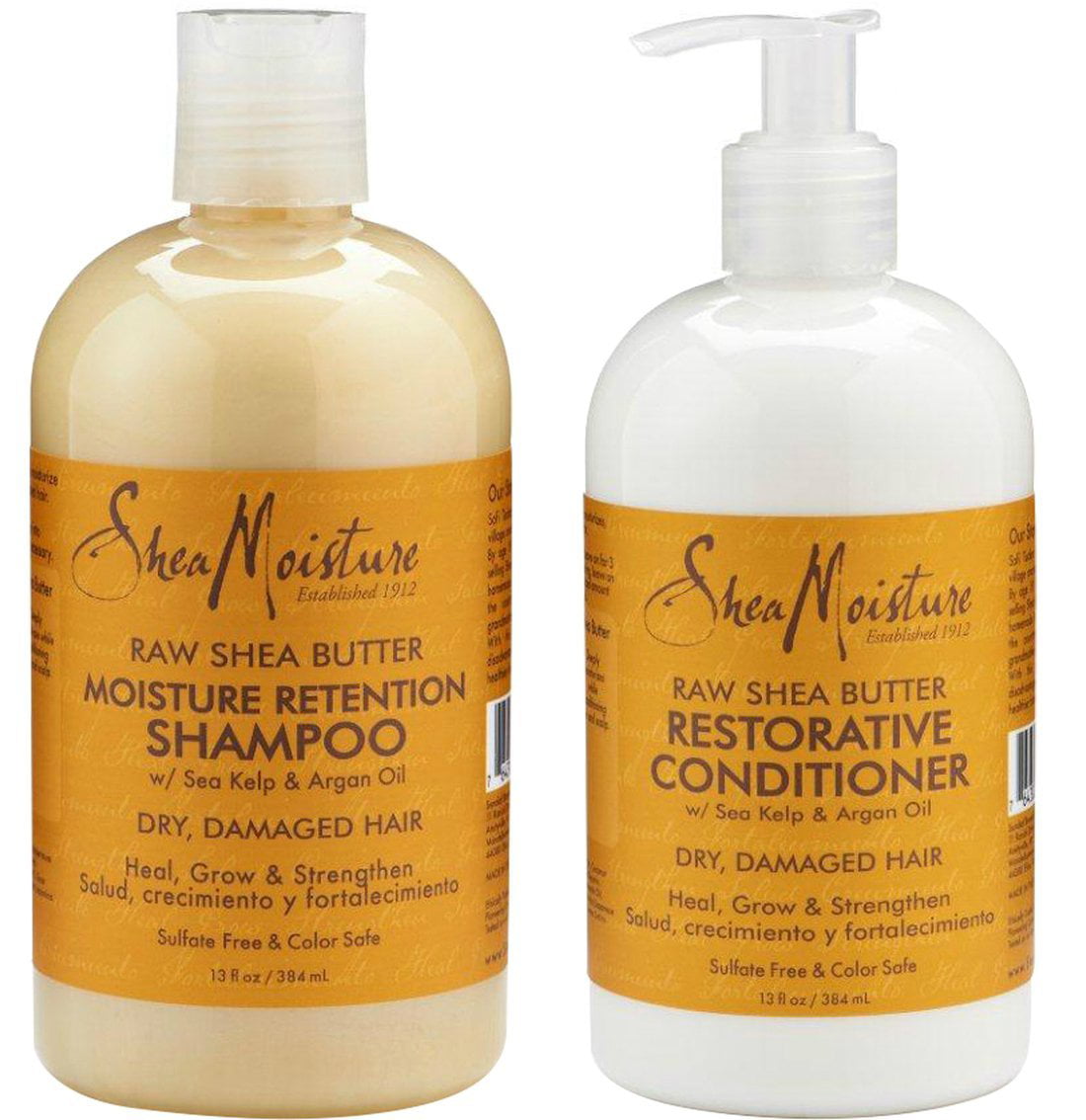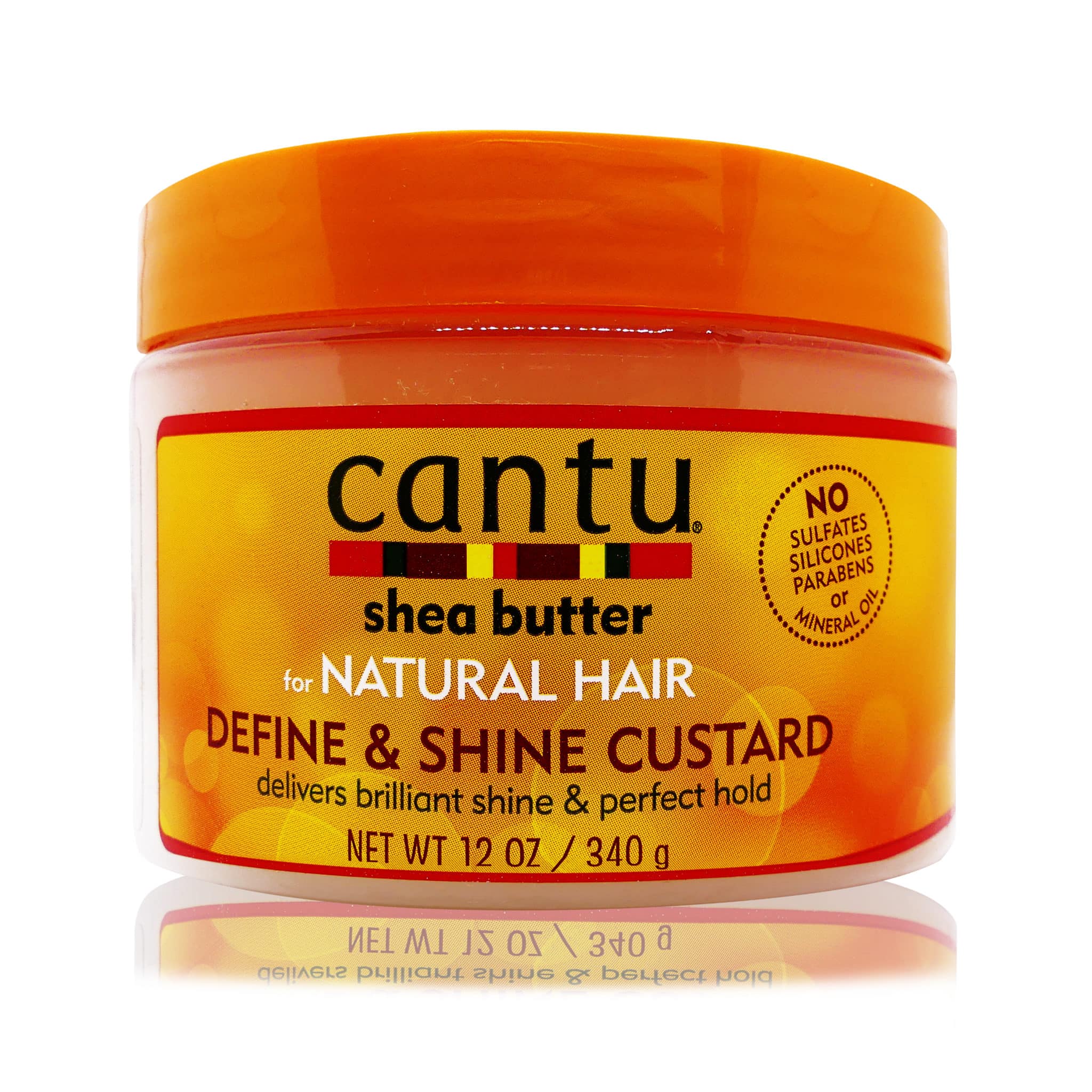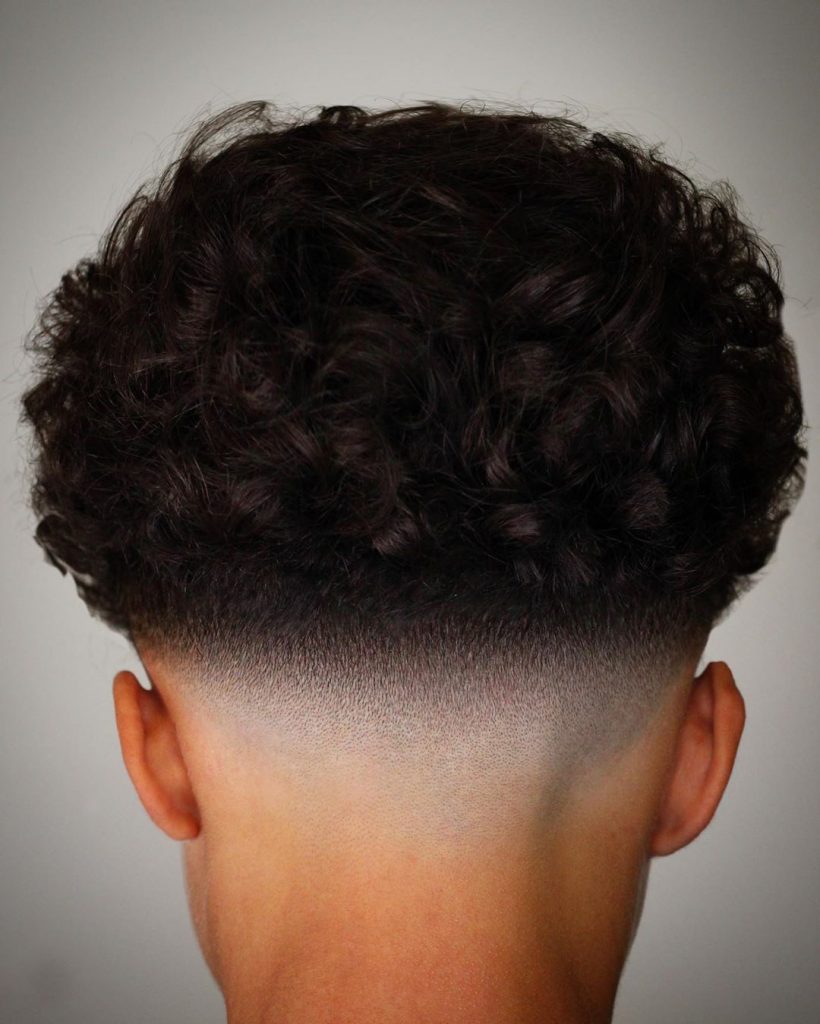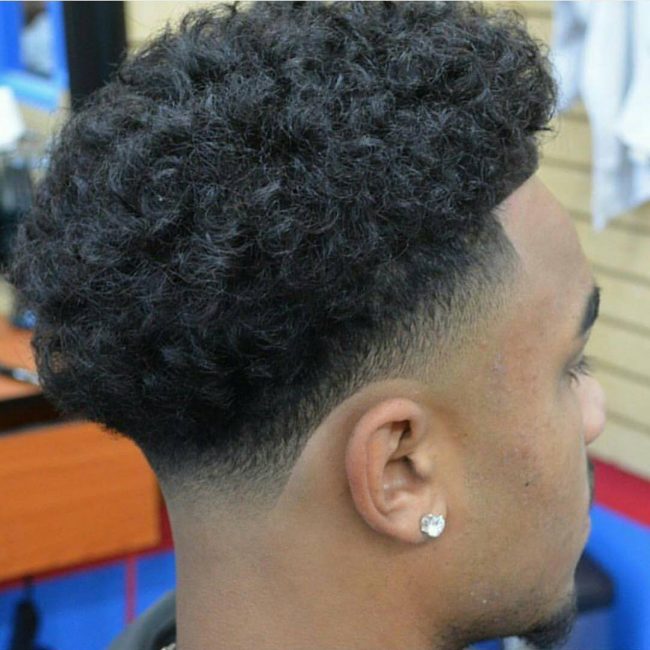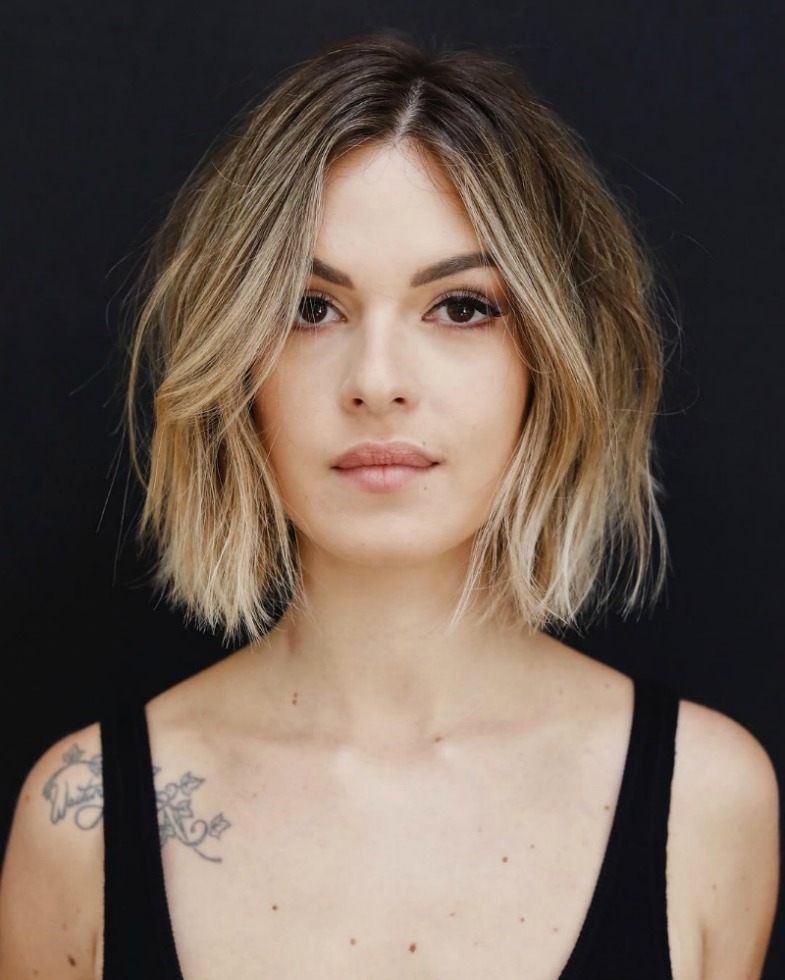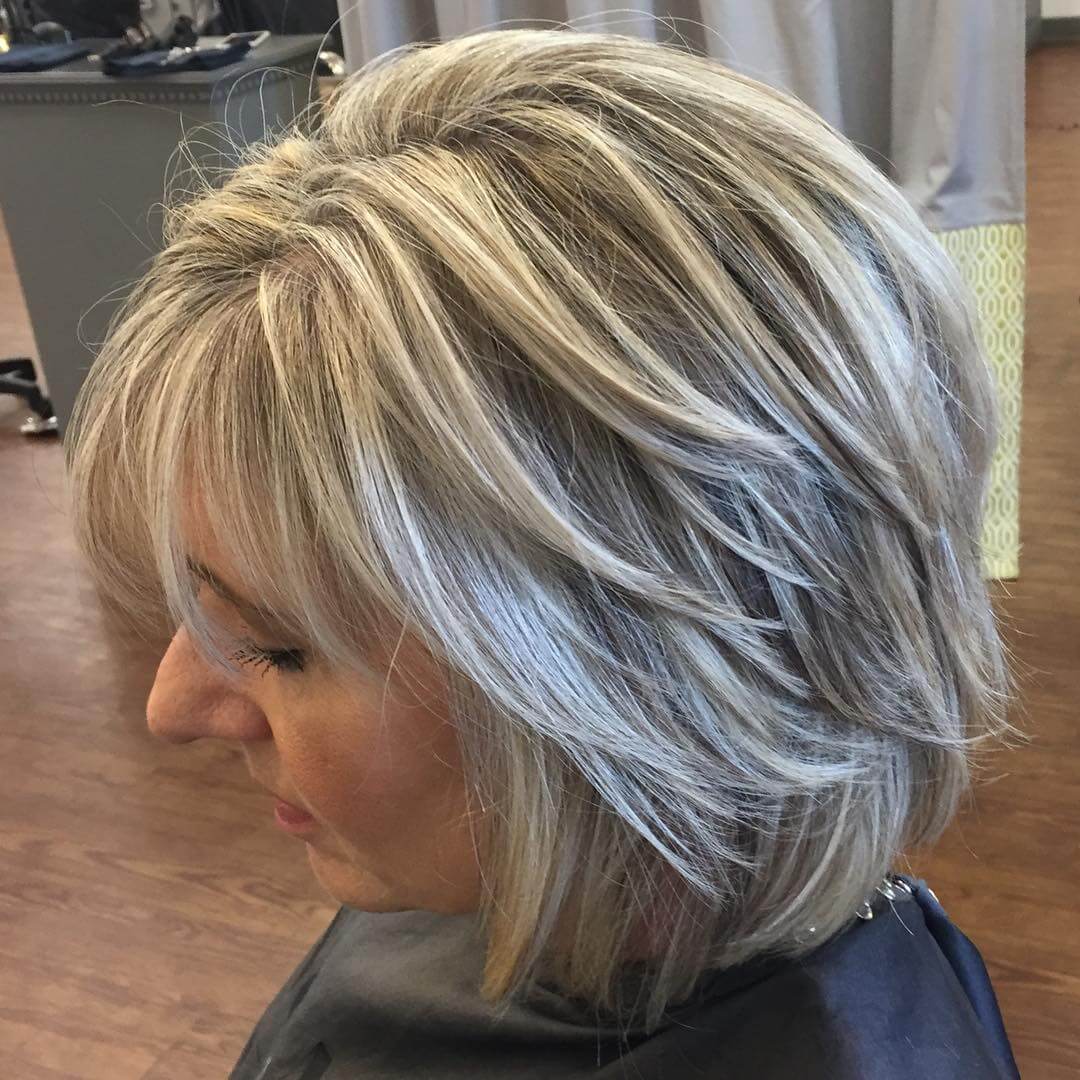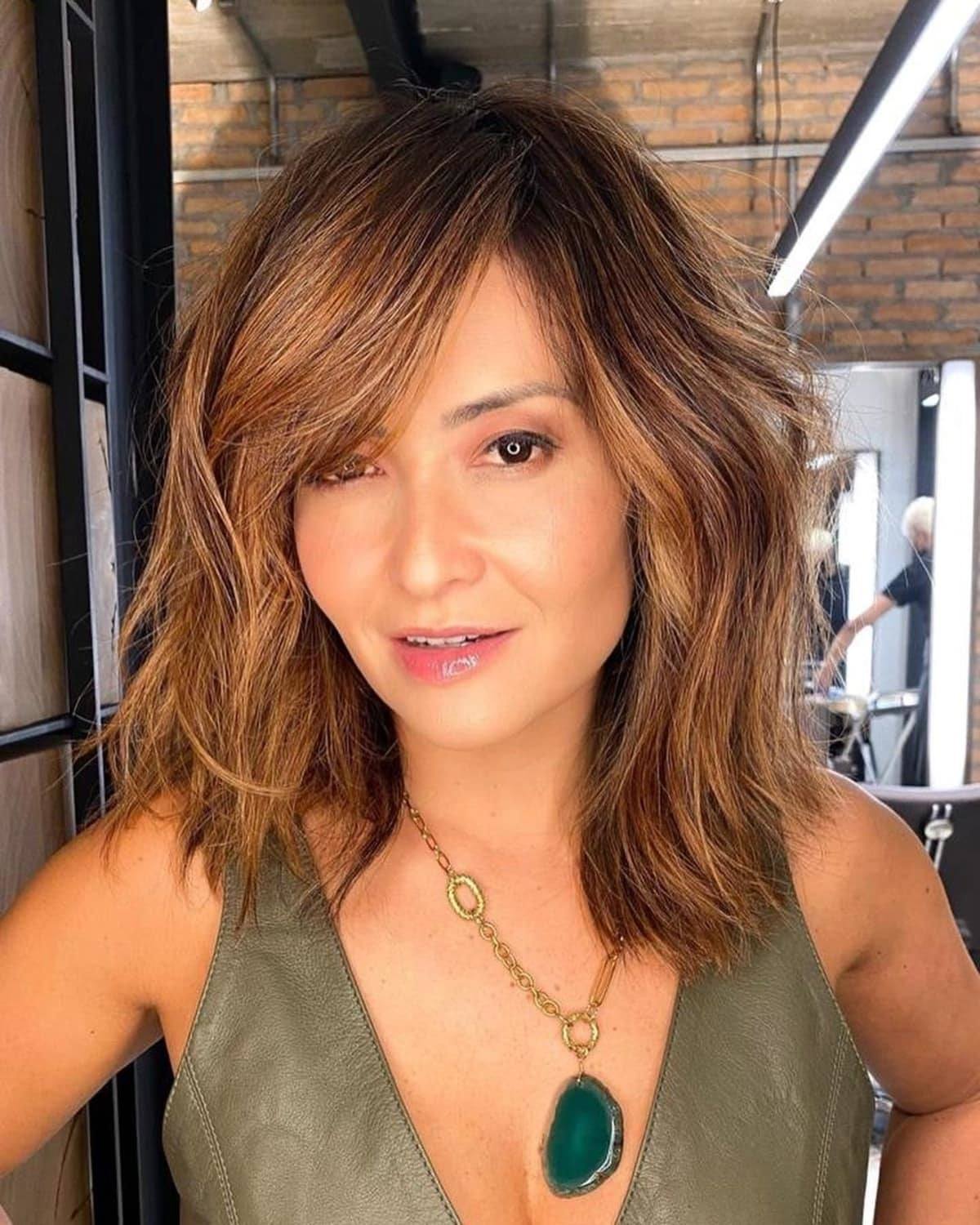Table Of Content

It also works well if you want too get rid of Dandruff natural black hair. It is also a great source to provide moisture for dry or damaged hair. It is usually used as a base for creams related to health and natural cosmetics and has been shown to possess anti-inflammatory properties.
Pros and Cons of Shea Butter for Hair
Shea butter is a popular cosmetic product and one which is becoming commonly used in hair products. Its many properties make it a possible useful addition to your hair care regimen. Another essential oil, rosemary has many chemical components that lend themselves to natural hair health. These include resin, tannic acid, camphor, cineol, pinene, and flavonoids. Perhaps a lesser-known option, mango butter is expressed from the seeds of the mango fruit. It has many of the aforementioned abilities – including moisturization and hydration – and it’s also rich in vitamins, minerals, and antioxidants.
Kitsch Castor Oil Nourishing Shampoo Bar
The advantage of purchasing a shea butter product for curly hair is that the additional ingredients can further help to nourish and style the hair. However, using raw unrefined shea butter to curly hair will still help your locks and is a favourite ingredient amount those with curly hair. Products containing oleic acid are often used on the skin for wound healing and damage repair, but what about using it on your hair? Shea butter contains vitamins A and E, which has nourishing, healing and moisturizing properties. Plus, the fatty acids, including oleic acid and linoleic acid, will help to soften your hair while adding shine. Filled with Vitamins A and E along with essential fatty acids, shea butter has both emollient and healing properties for the skin.
Shea butter benefits: Face, hair, skin, scars, and more - Medical News Today
Shea butter benefits: Face, hair, skin, scars, and more.
Posted: Wed, 21 Apr 2021 07:00:00 GMT [source]
Shea Butter For Hair: Uses, Tips & A DIY Recipe
When added to your hair creams, it can soften and protect your hair by forming a barrier around your hair. It also has a slightly emulsifying effect, so it can help to stabilize your homemade leave-in hair creams. It is worth noting that Shea butter should not be heated much, otherwise, it will lose its ability to do its healing work. All in all, it’s better to use shea butter for high porosity hair, as this allows sealing the raised cuticle. However, you can adopt shea butter for low porosity hair as well if focusing on the tips.
Shea butter provides something for everyone and every hair texture. Since it works as a sealant to lock in moisture, shea butter is perfect for besties with textured, curly, damaged, or dry hair types. "Shea butter helps nourish and strengthen the hair cuticle by restoring the moisture barrier as well as adding shine and reducing frizz," Dr. Shirazi says. "Shea butter is fat extracted from African shea tree nuts," board-certified dermatologist Dr. Azadeh Shirazi explains to Seventeen. Shea delivers so many benefits because it's filled with fatty acids (linoleic, oleic, and palmitic acid), as well as antioxidants and vitamins D and E to help your skin and hair thrive. "Unrefined shea butter has the highest concentration of antioxidants and bioactive agents to help protect against environmental damage and nourish the hair," Dr. Shirazi says.
It also loves Aztec clay mask but I don’t do that one often enough. Since shea is so rich and nourishing, it’s often used as a natural moisturizer for dry skin and brittle hair. I use it for any skin problem you can think of; I love applying it on burns whenever I touch hot pans and oven (purely by accident since I’m a complete clutz). I use it for bruises, extremely dry skin, lips, and much much more. While shea butter is an amazing ingredient to use to combat dryness for skin and hair, it may be a bit heavy for those with fine, straight strands. However, people with thick, coily hair can really benefit from using the ingredient to seal in moisture.
What Are The Shea Butter Hair Benefits?
Yellow in color when raw, shea butter has ivory-ish or white color when unrefined or processed. "When it comes to skincare, I would recommend using unrefined or raw shea butter," Dr. Hu suggests. When it comes to hair, the ingredients we use in our products can have a massive impact on how our strands look and feel. For natural hair, nourishing and moisturizing ingredients can make the difference between just another day and a great hair day.
Top 5 Online Tools To Grow Your Skincare Business In 2023
According to the CBI, there are two main types of shea butter — West African and East African. There is evidence to suggest that using shea butter may help prevent the formation of keloids. Be sure to keep your shea butter in locations that aren’t affected by heat. Similarly, if you keep your shea butter in a place with too low a temperature, it will become a hard solid and be difficult to use.
Curl Charisma™ Rice Amino + Avocado Leave–In Defining Cream
There are plenty of options on the market to choose from the best shea butter. Keep in mind that unrefined version has a strong smell not everyone likes. The unrefined version, on the other hand, lacks certain nutrients that unrefined has. Shea butter is reported to have anti-inflammatory properties for the skin, which means that it offers a healing and soothing relief to an inflamed and irritated skin or scalp. There are no documented cases of topical shea butter allergies. Even people with tree nut allergies should be able to use shea butter on their skin.
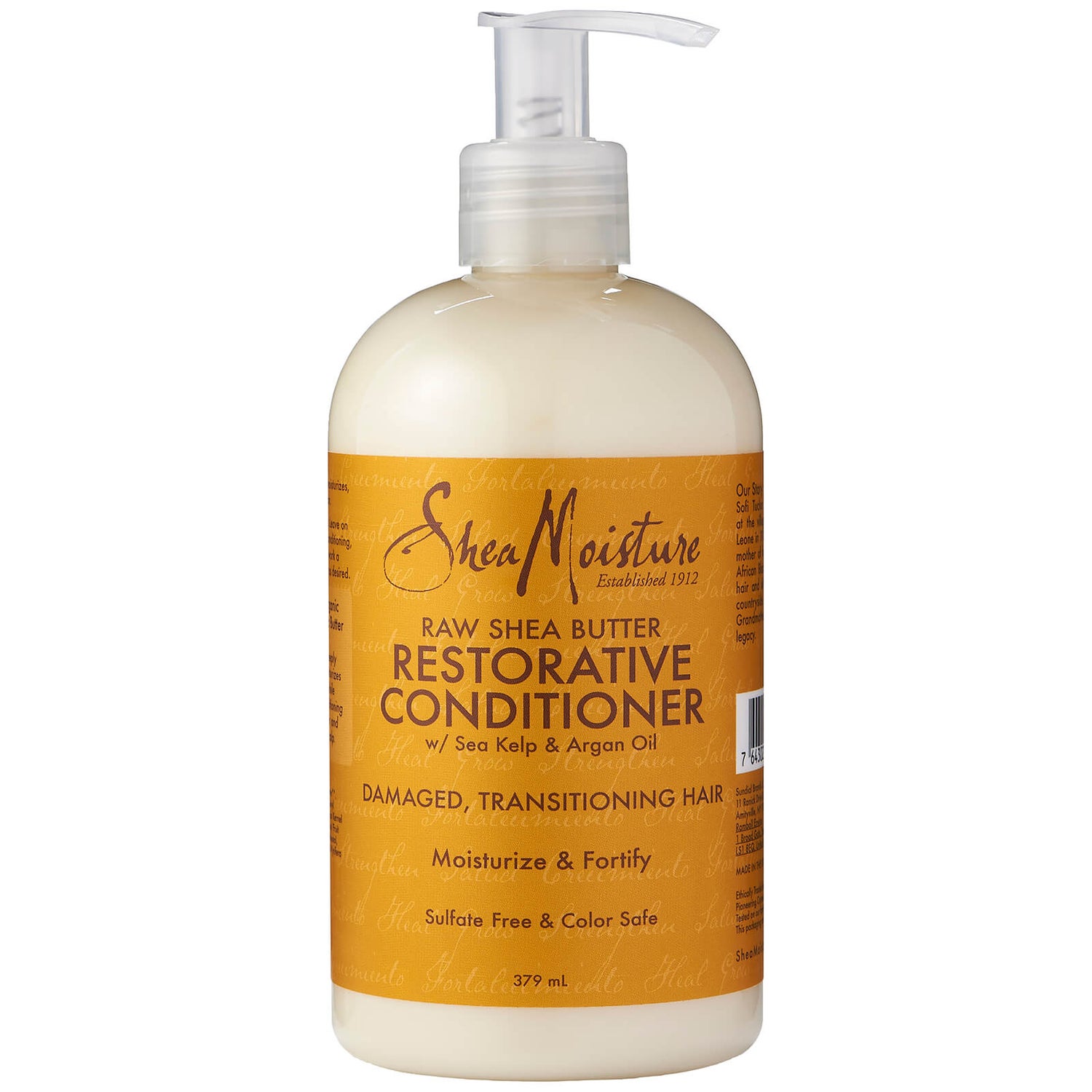
But when it comes to how to use it, that really just depends on your preference for texture. It is a good idea to perform a patch skin test before applying all over. After this process is complete, the solution that remains is strained and cooled. Once cooled, it solidifies and creates a cream consistency which is called shea butter.
As you probably know by now, many naturals use shea butter for natural hair growth as a sealant. Of course, it makes sense as natural African hair tends to be drier than any other type of hair due to its texture. Natural sebum has difficulty slipping from the scalp to the rest of the hair because of the curves or coils of black hair as it slides along the axis of the ends. Shea butter is often found in curly hair treatments, due to its moisturizing qualities . Shea butter contains a number of valuable substances with nourishing and healing effects for natural hair growth.
Today’s topic is all about how to use shea butter for natural hair growth. I know this has been a long-awaited topic but I had to leave it till the right time. I absolutely love using shea butter in my homemade hair creams and trust me, it’s absolutely worth using, especially if you have low porosity hair. While carrier oils will prevent the butter from hardening, mixing shea butter and essential oils for hair is also good. The latter ones will mask the butter’s specific aroma and bring additional benefits into a shea butter mask for hair. For example, mix honey, coconut oil, and shea butter with lavender oil for boosting hair growth or combine aloe vera, coconut oil, and shea butter with tea tree oil for better lubrication.
A study conducted in babies with eczema found a lotion containing shea butter was effective in reducing irritation for up to 75% of babies. The information in our articles is NOT intended to replace a one-on-one relationship with a qualified health care professional and is not intended as medical advice. Hannah Frye is the Assistant Beauty Editor at mindbodygreen. In journalism and a minor in women’s, gender, and queer studies from California Polytechnic State University, San Luis Obispo. Hannah has written across lifestyle sections including health, wellness, sustainability, personal development, and more. Seventeen picks products that we think you'll love the most.
